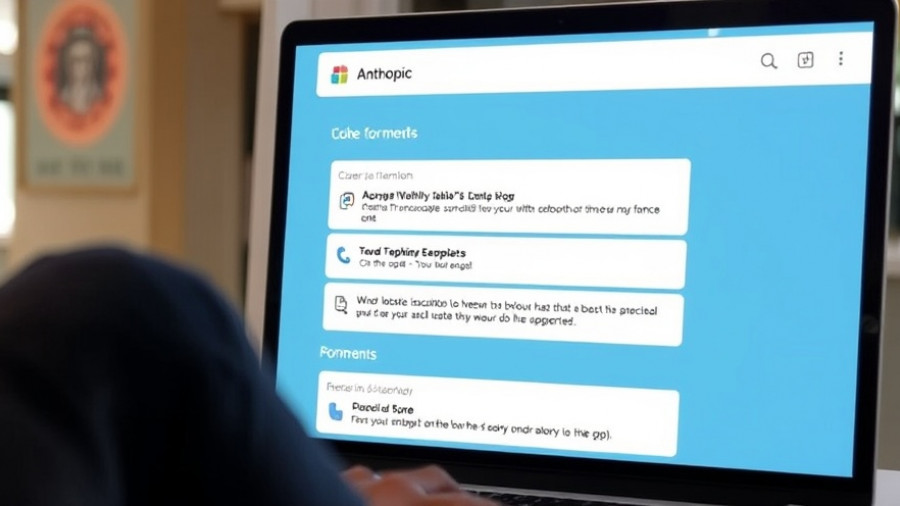
How HexStrike AI Is Revolutionizing Security Operations
In an era where cybersecurity is paramount, HexStrike AI is leading the charge by seamlessly integrating AI languages into robust security frameworks. This development not only enhances the efficacy of security assessments for developers, red teams, and bug bounty hunters but also transforms how these professionals interact with technology. On August 15, 2025, the company announced its integration with ChatGPT, Claude, and GitHub Copilot, introducing an advanced pathway for automated security processes.
A New Era of Penetration Testing
HexStrike AI has evolved its platform to link with over 150 widely-used security tools, facilitating comprehensive penetration testing and vulnerability assessments. This pioneering autonomous cybersecurity framework utilizes a modular Multi-Agent Control Protocol (MCP), which supports various popular large language models, creating a new tempo in the execution of penetration tests and security audits.
Why Is This Important for Cybersecurity Professionals?
The integration allows security professionals to utilize conversational AI, thereby turning complex security operations into literal conversations. For instance, users can issue natural language commands like, “Audit our GraphQL API for security flaws,” and receive step-by-step assessments. As m0x4m4, HexStrike AI's lead developer stated, the simplicity of interaction significantly reduces barriers, enabling teams to harness advanced capabilities with minimal technical jargon.
Visualizing Security Assessments: A Game Changer
Beyond text commands, HexStrike AI also delivers a powerful visualization engine. Users are treated to animated progress bars, color-coded vulnerability cards, and live dashboards that facilitate reporting for both technical and executive stakeholders. This multi-faceted approach not only enhances clarity but also makes it easier for varied audiences to understand security nuances, thus fostering a holistic approach to cybersecurity.
Future Insights: What Lies Ahead?
As AI continues to intertwine with security measures, having such integrations is likely to become mainstream. This evolution prompts critical thinking about future vulnerabilities and how organizations prepare for them. By leveraging tools like HexStrike AI that utilize Claude and ChatGPT, organizations can position themselves ahead of potential threats, turning AI-driven insights into preventative measures.
Addressing Common Misconceptions in AI-Driven Security
While AI in cybersecurity is increasingly embraced for its efficiency, misconceptions around its capabilities and limits remain. Some argue that automation cannot replace the human element in security. However, HexStrike AI demonstrates a different reality; instead of redundancy, it amplifies security staff's effectiveness. By automating routine tasks, human experts can focus on strategic decision-making, allowing for deeper analysis and responsive action toward emerging threats.
Your Role in This Technological Shift
As a cybersecurity professional, exploring tools that enable knowledge and growth is paramount. Assess how solutions like HexStrike AI can optimize your security audits and foster sophisticated decision-making processes within your teams. Engaging with these new tools is not just about adapting but also about seizing opportunities that can enhance your organization’s security posture.
AI-driven security tools such as HexStrike AI signify a monumental shift in how cybersecurity tasks are performed. Embracing this technology can lead to more efficient security operations while fostering a better understanding of frameworks that safeguard the digital realm.
 Add Row
Add Row  Add
Add 




Write A Comment